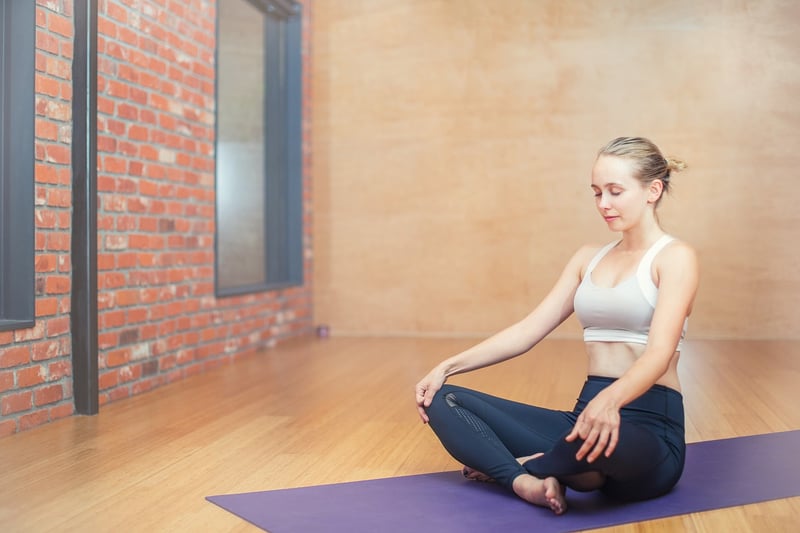Stretching Techniques
Improve Flexibility and Prevent Injury with Effective Stretching Techniques
Flexibility is a vital component of overall fitness and plays a crucial role in preventing injuries. Incorporating regular stretching exercises into your fitness routine can help improve flexibility, enhance performance, and reduce the risk of injuries. Here are some effective stretching techniques to help you achieve greater flexibility and maintain a healthy, active lifestyle:
Dynamic Stretching
Dynamic stretching involves moving parts of your body and gradually increasing reach, speed of movement, or both. This type of stretching is beneficial before a workout to warm up muscles, improve range of motion, and prepare the body for physical activity. Examples of dynamic stretches include leg swings, arm circles, and torso twists.
Static Stretching
Static stretching involves holding a position for a prolonged period, usually 15-30 seconds, to stretch the muscles. This type of stretching is ideal after a workout to help relax the muscles, improve flexibility, and reduce muscle soreness. Common static stretches include hamstring stretches, quadriceps stretches, and calf stretches.
PNF Stretching
Proprioceptive Neuromuscular Facilitation (PNF) stretching is a more advanced form of flexibility training that involves contracting and relaxing specific muscle groups. This technique is highly effective in improving flexibility and is often used in rehabilitation settings. PNF stretching should be performed with a partner for optimal results.
Yoga and Pilates
Yoga and Pilates are excellent practices that focus on flexibility, strength, and mind-body connection. Both disciplines incorporate a variety of stretching exercises that help improve flexibility, balance, and posture. Regular participation in yoga or Pilates classes can significantly enhance your overall flexibility and reduce the risk of injuries.
Tips for Safe Stretching
- Always warm up before stretching to prepare your muscles.
- Stretch to the point of tension, not pain, and breathe deeply during each stretch.
- Hold each stretch for 15-30 seconds and repeat each stretch 2-3 times.
- Focus on major muscle groups but don't forget about smaller muscles and joints.
- Stay consistent with your stretching routine to see long-term improvements in flexibility.
By incorporating these stretching techniques into your fitness regimen, you can enhance your flexibility, prevent injuries, and improve your overall performance in physical activities. Remember to listen to your body, stay consistent with your stretching routine, and enjoy the benefits of improved flexibility and reduced risk of injuries.
Stay active, stay flexible, and stay injury-free!


